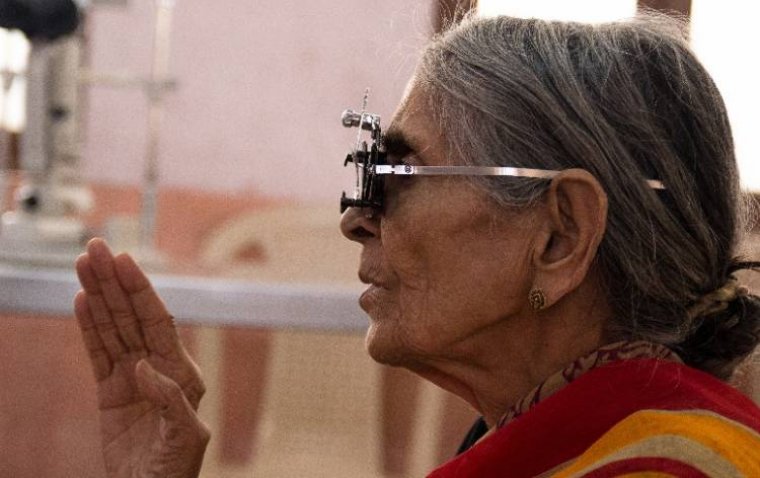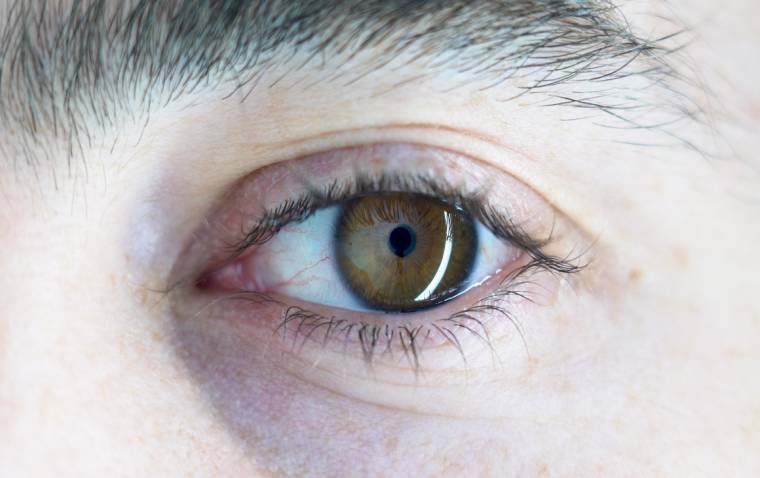
Residential Inequity Linked to Higher Rates of Vision Difficulty and Blindness
A recent study published in JAMA Ophthalmology reveals a troubling correlation between residential measures of inequity and the prevalence of vision difficulty and blindness (VDB) among individuals. Led by Patrice M. Hicks, Ph.D., M.P.H., from the University of Michigan in Ann Arbor, the research sheds light on the impact of neighborhood-level inequities on eye health.
Analyzing Neighborhood Data: Understanding the Link
Analyzing data from the 2012 to 2016 American Community Survey and 2010 U.S. census tracts, along with Theil H index, Gini index, and persistent poverty measures from PolicyMap, the study encompassed 73,198 census tracts.
The findings indicate a significant association between measures of inequity and the likelihood of VDB. According to the study, for every 0.1-unit increase in Theil H index and Gini index, there was a notable rise in the odds of experiencing VDB. Even after adjusting for factors such as census tract-level median age, gender distribution, racial or ethnic-minority representation, state, and population size, this correlation persisted.
Of particular concern was the link between persistent poverty and heightened odds of VDB. The study found a substantial association between areas characterized by persistent poverty and increased rates of vision difficulty and blindness. Compared to areas with nonpersistent poverty, the odds ratio for VDB was 1.36 in areas grappling with persistent poverty, even after controlling for various demographic and geographical factors.
Urgent Need for Targeted Interventions
Commenting on the implications of these findings, the authors underscored the importance of using such insights to shape policies aimed at addressing systemic disparities. They emphasized the need for targeted interventions and systemic investments in high-risk census tracts to mitigate the impact of residential inequities on eye health.
"These associations may inform policies to promote systemic investment and targeted intervention in these high-risk census tracts," remarked the authors, highlighting the urgent need for proactive measures to tackle the underlying disparities contributing to VDB prevalence.
References
Patrice M. Hicks et al, Place-Based Measures of Inequity and Vision Difficulty and Blindness, JAMA Ophthalmology (2024). DOI: 10.1001/jamaophthalmol.2024.1207
Ahmara G. Ross et al, Adopting More Precise Metrics to Move Everyone Closer to Eye Health, JAMA Ophthalmology (2024).
(1).jpg)










